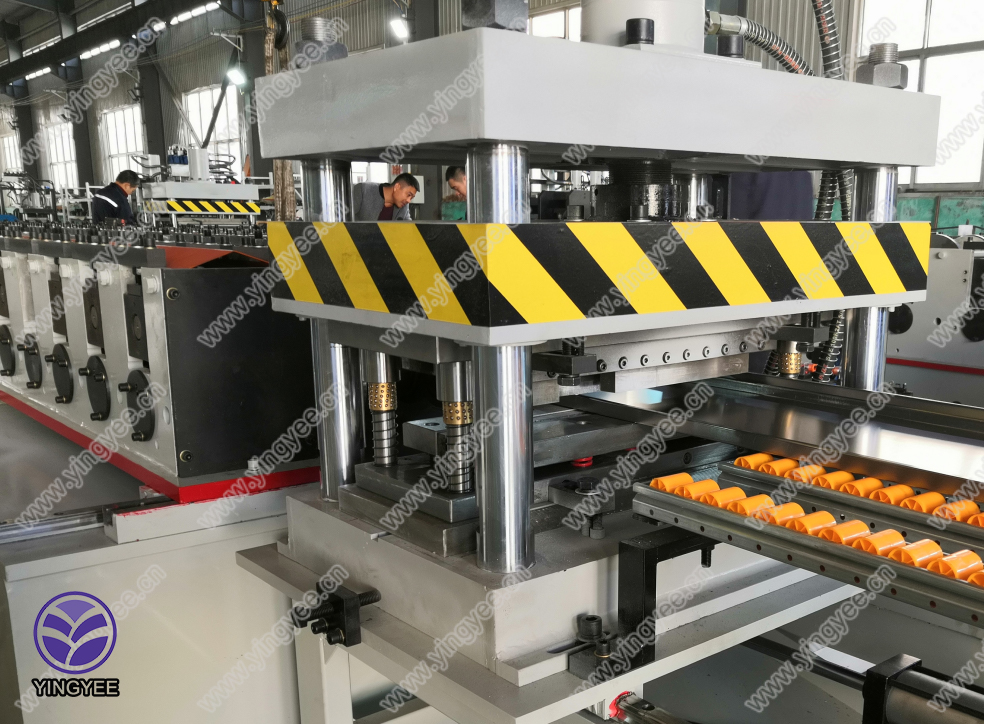
The Evolution and Efficiency of Automatic Cut-to-Length Machines
In the world of manufacturing, efficiency and precision are paramount. One of the standout innovations in this space is the automatic cut-to-length machine. This technology has revolutionized various industries by automating the process of cutting materials to specific lengths, ensuring both accuracy and speed in production lines.
Automatic cut-to-length machines are designed to handle a variety of materials, including metals, plastics, and textiles. These machines utilize advanced technology to measure and cut materials to predetermined lengths with minimal human intervention. The primary components of these machines typically include a feeding system, cutting mechanisms, and control systems that ensure accuracy and repeatability.
One of the key advantages of automatic cut-to-length machines is their ability to significantly reduce labor costs. Traditional cutting methods often require manual input, which can be time-consuming and prone to human error. In contrast, automatic systems streamline this process, allowing for faster turnaround times and improved productivity. This is particularly beneficial in high-volume production environments where efficiency is crucial to maintaining competitive pricing and meeting customer demands.
Furthermore, the precision offered by these machines leads to less material waste. By consistently delivering accurate cuts, manufacturers can optimize their resource usage, resulting in lower costs and reduced environmental impact. This is an important consideration in today’s manufacturing landscape, where sustainability is becoming increasingly vital.

The integration of digital technology has also enhanced the functionality of automatic cut-to-length machines. Modern systems often feature user-friendly interfaces and programming capabilities that allow operators to set precise measurements easily. Some machines are equipped with advanced sensors and feedback loops that help ensure the highest levels of accuracy throughout the cutting process. Moreover, data analytics can be employed to monitor machine performance, identify maintenance needs, and further optimize production processes.
As industries continue to evolve, the demand for automatic cut-to-length machines is expected to grow. Manufacturers are consistently seeking ways to improve efficiency, and these machines provide a compelling solution. They are particularly valuable in sectors such as construction, automotive, and textiles, where cutting precision is essential.
In addition to the efficiency and accuracy, many manufacturers are now focusing on the versatility of automatic cut-to-length machines. Having the capability to handle various materials and adapt to different cutting requirements opens the door for a broader range of applications. This flexibility allows businesses to diversify their product offerings without investing in multiple standalone machines.
The future of automatic cut-to-length machines appears promising as technology advances. Innovations such as artificial intelligence and machine learning may further enhance these systems, allowing for even greater predictive maintenance, faster adjustments to cutting specifications, and overall smarter manufacturing.
In conclusion, automatic cut-to-length machines represent a significant leap forward in manufacturing technology. By automating the cutting process, these machines enhance efficiency while reducing costs and material waste. As industries continue to prioritize precision and speed, the adoption of this technology will likely expand, positioning businesses to thrive in a competitive landscape. As manufacturers embrace these advancements, they not only improve their operations but also pave the way for a more sustainable future.